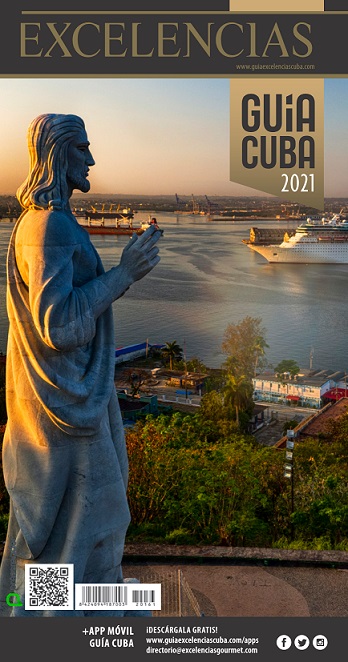This city, named after its department, is located by the Humuya River. Its surface of 5,196 square kilometers limits with the Yoro and Cortes departments to the north, the Morazan Department to the east, the department of La Paz to the south and the departments of Intibuca and Santa Barbara to the west.
Made up of 21 municipalities and 283 villages. Those municipalities are Ajuterique, El Rosario, Esquias, Humuya, La Libertad, Lamani, Las Lajas, La Trinidad, Lejamani, Meambar, Minas de Oro, Ojos de Agua, San Jeronimo, San Jose de Comayagua, San Jose del Potreto, San Luis, San Sebastian, Siguatepeque, Taulabe and Villa de San Antonio.
In all, the population comprises 90,004 inhabitants (year 2000).
It was the capital of Honduras from 1573 to 1880 when it was definitively moved to Tegucigalpa. It was declared a national monument for housing an array of major colonial buldings.
Today, Comayagua is an easy-to-reach city. The main road borders the city, thus hooking it up conveniently with such cities as Tegucigalpa and San Pedro Sula.
This volcanic-origin location harbors Honduras’ largest drinkable water deposit
Its major economic activities are croplands and stock breeding. Major crops are tomato, cucumber, onion, sugar cane, coffee, rice and corn. The city undertakes an important commercial and industrial activity.
Perhaps the most striking feature from a tourist standpoint, besides its colonial-style architecture and museums, is the traditional Holy Week celebration.






